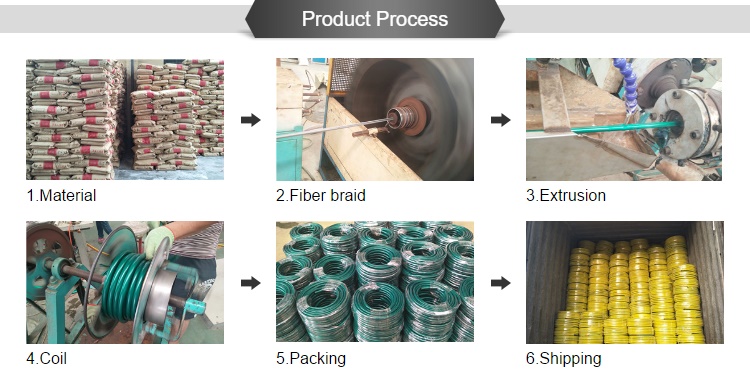Optimal Sizing for Pneumatic Tube Systems in Various Applications
Understanding Pneumatic Tube Sizes A Comprehensive Guide
Pneumatic tubes are streamlined cylinder systems that facilitate the quick and efficient transport of items such as documents, cash, and small parcels within a facility. They harness the power of compressed air to propel carriers through a network of tubes, making them a popular choice in various sectors, including hospitals, banks, and retail environments. One critical aspect of pneumatic tube systems is their size, which directly influences their performance, capacity, and overall effectiveness.
What Are Pneumatic Tube Sizes?
Pneumatic tube sizes refer to the dimensions of the tubes used within the system, specifically the internal diameter and sometimes the length of the tubes. The sizes are crucial because they determine the types of carriers that can be used, the speed at which items travel, and the system's overall efficiency. Commonly, pneumatic tube systems feature diameters ranging from 2 inches to 6 inches, but custom sizes may also be available to suit specific requirements.
The Importance of Proper Sizing
1. Carrier Compatibility The size of the pneumatic tube directly affects the types of carriers that can be utilized. Smaller tubes may limit the size and weight of items being transported, while larger tubes can accommodate bulkier loads. It’s essential to match the tube size to the anticipated usage, ensuring that the carriers can move freely without risk of getting stuck.
2. Speed and Efficiency Air compression used in pneumatic systems generates varying speeds depending on the size of the tube. Larger internal diameters often allow for faster transport because they reduce air resistance and pressure loss. Conversely, smaller tubes may lead to higher friction and slower speeds. Thus, selecting the right size can enhance operational efficiency significantly.
3. Space Considerations The physical space available for installation is another factor to consider when selecting tube sizes. Facilities may have constraints that limit the size of pneumatic tubes. For instance, in older buildings or small offices, larger tubes may not fit or may require significant structural adjustments to accommodate their installation.
4. Cost Implications Generally, larger pneumatic tubes entail higher initial installation and material costs. However, they might offer long-term savings through enhanced efficiency and reduced maintenance requirements. Analyzing the cost-effectiveness between smaller and larger sizes based on the specific use case is crucial.
pneumatic tube size

5. System Design The overall architecture of the pneumatic tube system, including its layout and the number of branches and turnarounds, often dictates the size of the tubes. For instance, a complex system with multiple routes may benefit from varied tube sizes to optimize space and efficiency.
Selecting the Right Size for Your Application
When choosing pneumatic tube sizes for your facility, consider the following
1. Usage Needs Assess the types and volumes of items you plan to transport. If the items are generally small and lightweight, a smaller tube may suffice. However, for larger items, a bigger diameter is necessary.
2. Future Expansion Consider whether your needs might grow in the future. Opting for larger tubes at the outset can save costs and minimize logistical hassles down the road.
3. Consult Professionals Engage with pneumatic system specialists who can provide insights and recommendations tailored to your specific environment and operational needs.
4. Testing Options If possible, test different tube sizes using trial runs with actual items being transported. This approach provides firsthand insight into the performance and potential limitations of different configurations.
Conclusion
In conclusion, the size of pneumatic tubes plays a crucial role in the functionality and efficiency of a pneumatic tube system. Careful consideration and planning regarding tube dimensions ensure compatibility, speed, and operational efficiency. By understanding the factors associated with pneumatic tube sizes and consulting with experts, businesses can create an effective tube transport system that meets their unique requirements while facilitating seamless communication and logistics within their operations.
-
Top Quality Oxy Acetylene Hoses for Sale Fit for Welding DemandsNewsJul.28,2025
-
The Future of Pneumatic Air Tubes in IndustryNewsJul.28,2025
-
Superior and Reliable LPG Hose Pipe Solutions for Every NeedNewsJul.28,2025
-
Exceptionally Durable and Versatile Premium Braided PVC TubingNewsJul.28,2025
-
Best Adapters for Connecting Garden Hose to PVC Pipe ConnectionsNewsJul.28,2025
-
The Essential Role of LPG Hoses in Safe and Efficient Gas DistributionNewsJul.16,2025














